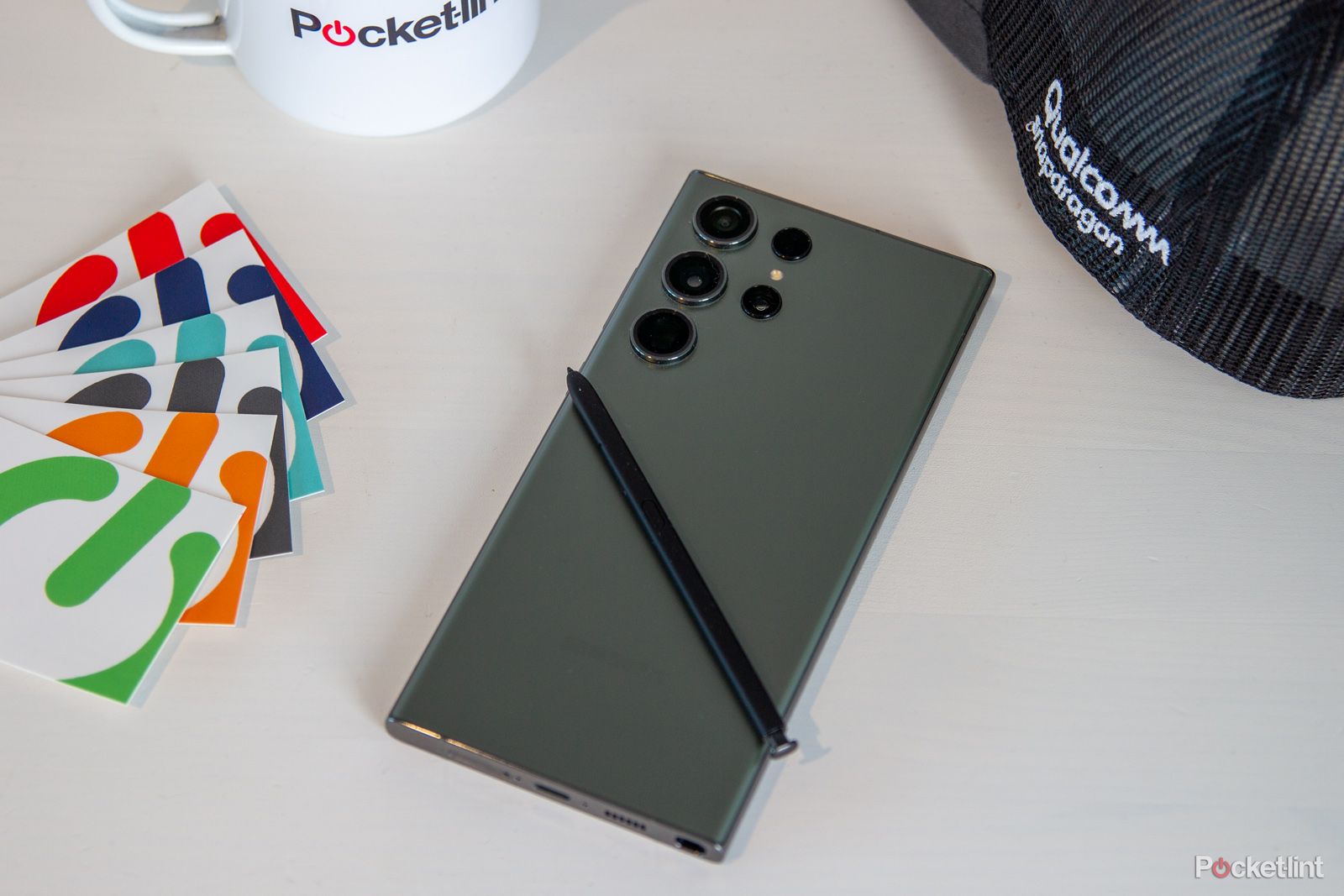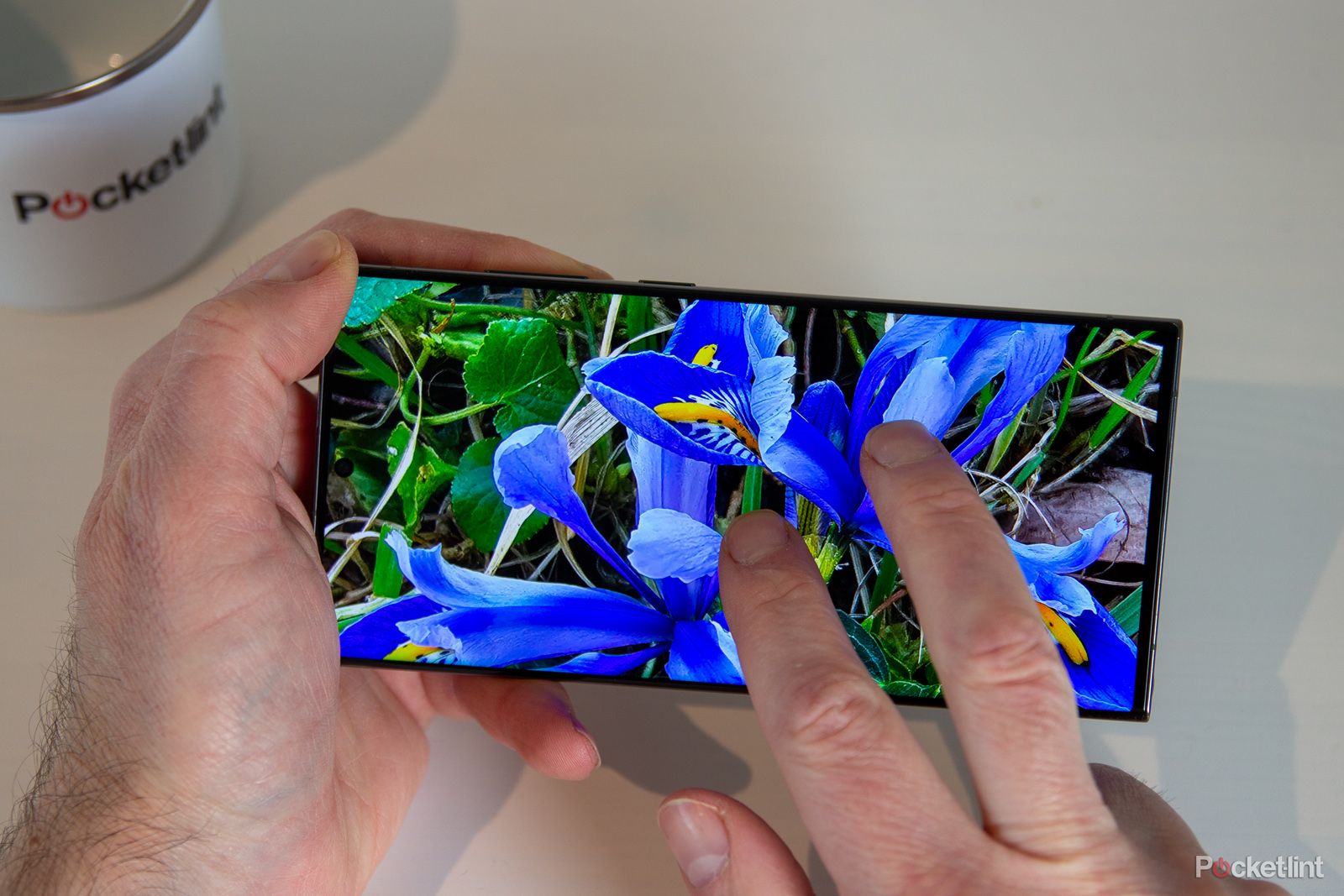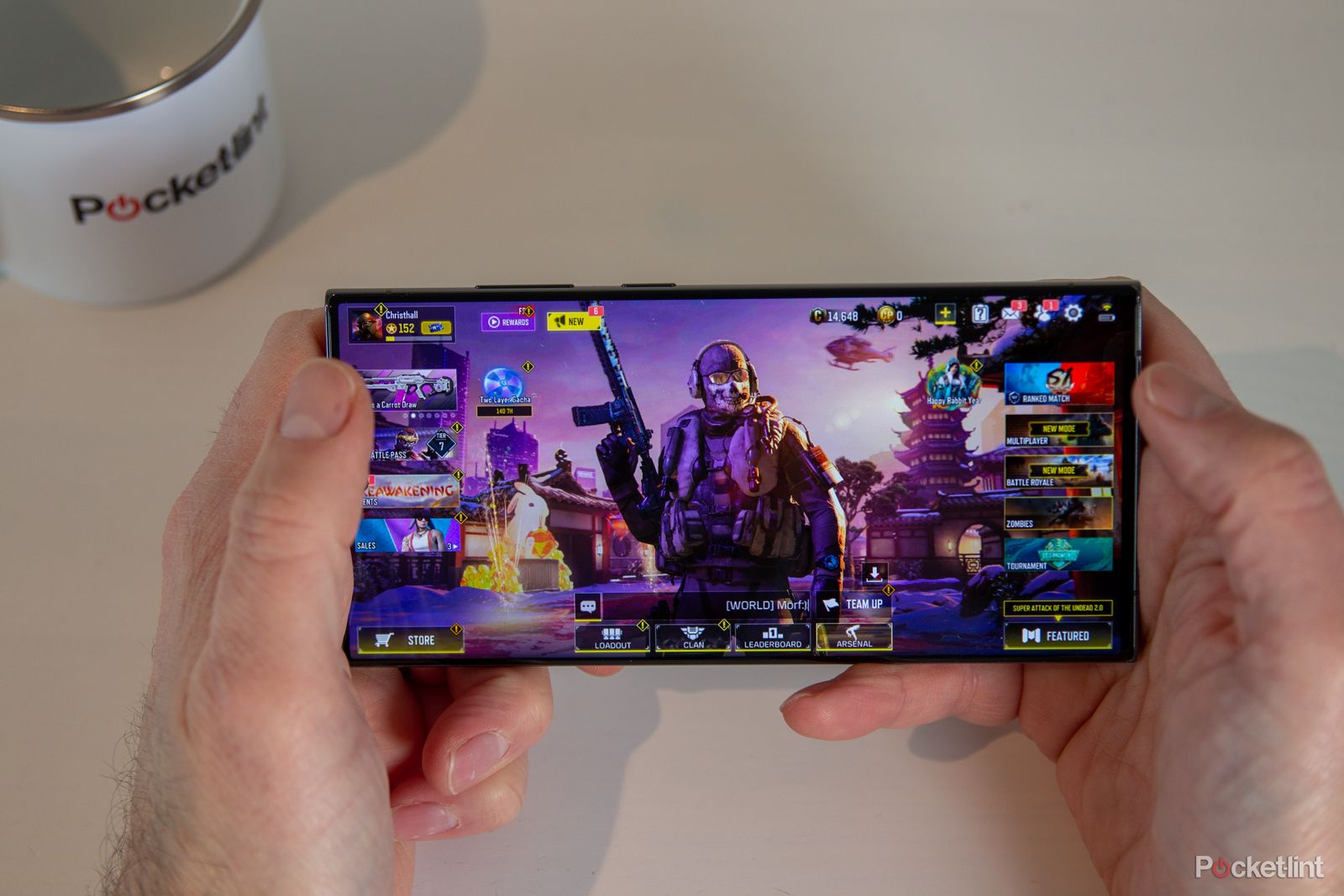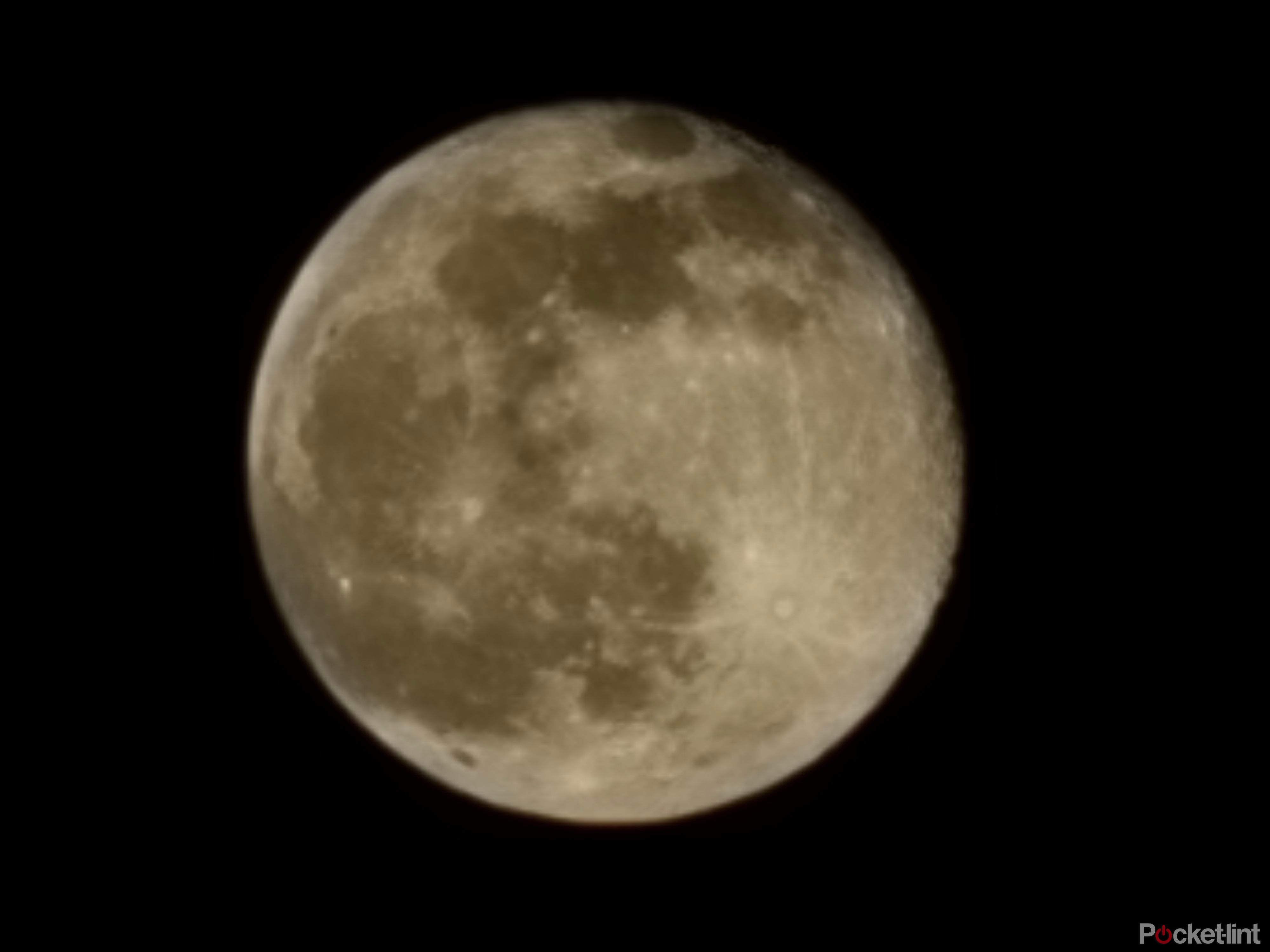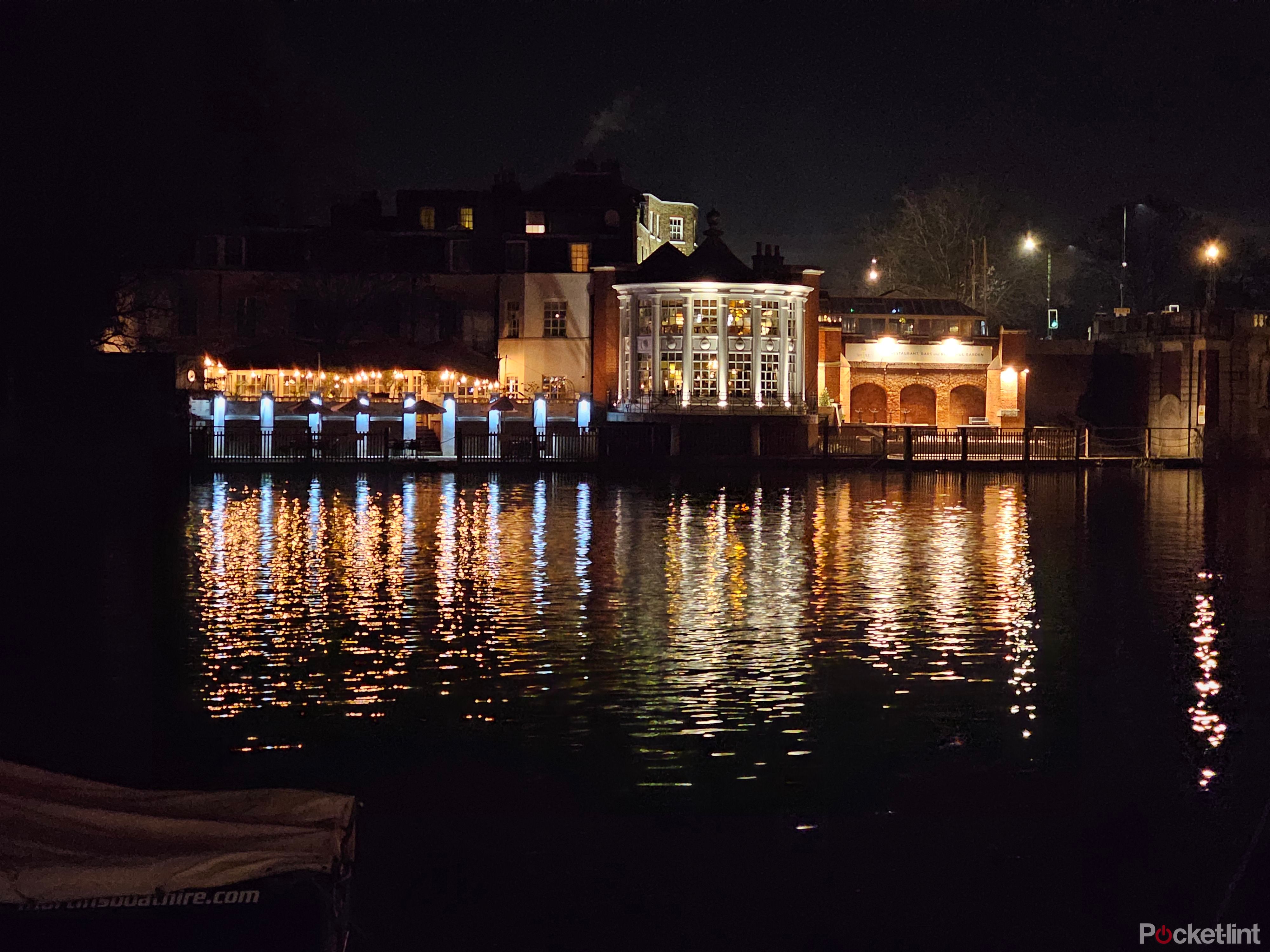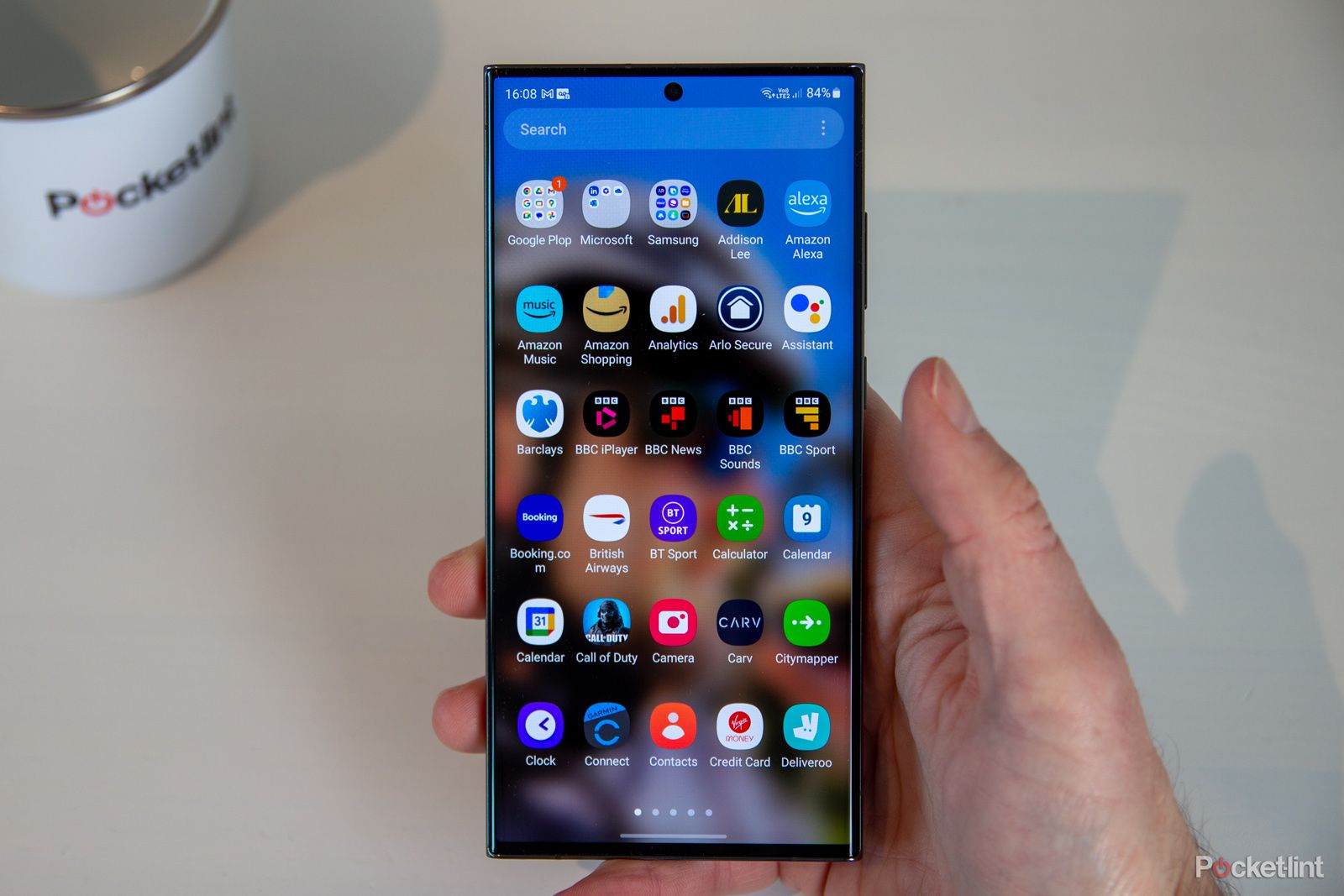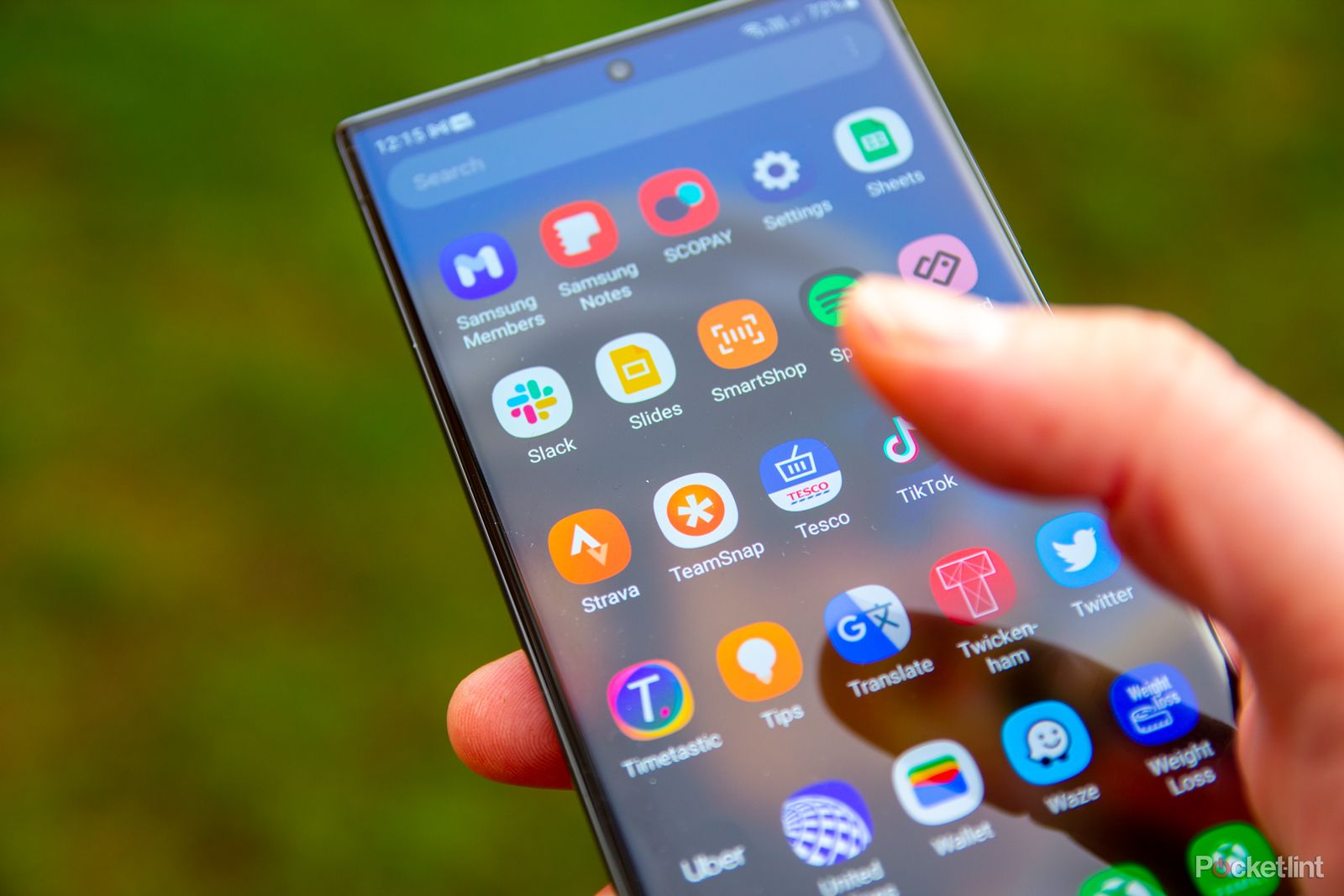In 2022, Samsung merged the Galaxy Note with its top Galaxy S device to create a new model, the Samsung Galaxy S22 Ultra. In 2023, Samsung is very much continuing what it started: this isn't a huge departure or a rethinking, it's a reinforcement of the previous device. But it's a reinforcement of a great device - one of the most popular phones of 2022. We're sure it's also going to be one of the highest-rated phones of 2023 too.
Launched alongside the Galaxy S23 and Galaxy S23+, this is Samsung's new flagship phone for 2023 and this is our full review.
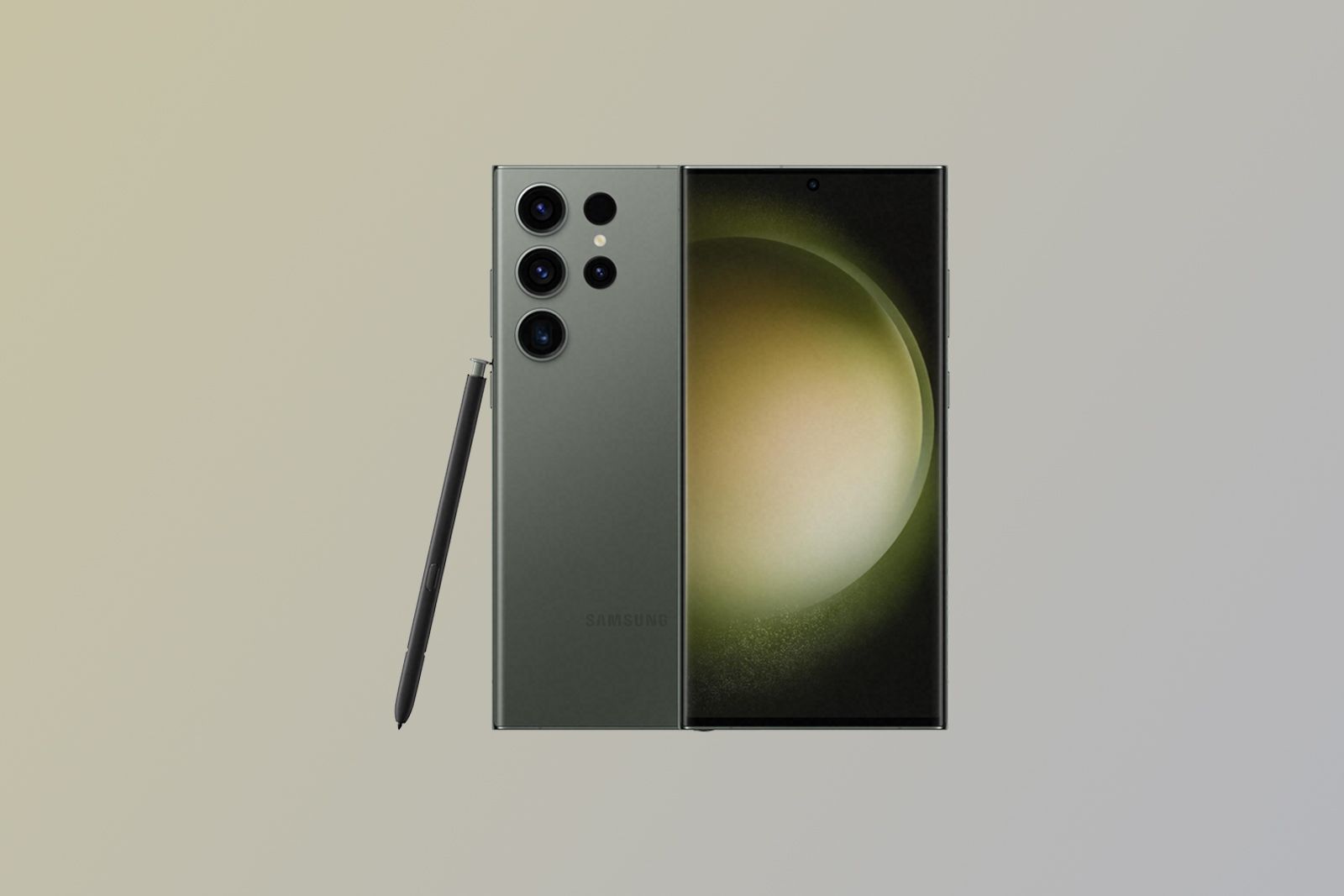
Samsung Galaxy S23 Ultra
The Galaxy S23 Ultra offers top-level performance. It's slick and fast, the display is fantastic and the cameras really deliver. Samsung is offering long software support and loads of features. It's an expensive phone, but it's one of the best out there.
- The display is fantastic
- Camera is impressive in all modes
- Fast and fluid performance
- Good build quality
- Some of the software changes muddy Android
- Charging could be faster
- It's expensive
- Speaker location not great for gamers
Design and build
- 77.97 x 163.32 x 8.89mm, 233g
- Aluminium body, Gorilla Glass Victus 2
- S Pen dock
- Phantom Black, Cream, Green, Lavender
The Samsung Galaxy S23 Ultra looks nigh-on identical to the S22 Ultra - you'll struggle to tell the difference between the two devices which are basically matched in terms of design and build. There are some colour differences - there's now no burgundy model - while Samsung's big story here is one of sustainability. Across the device there's been an increase in post-consumer materials: more of the plastics come from PET bottles and fishing nets, all of the aluminium is recycled, as is the glass. The packaging is also 100 per cent recycled, with Samsung looking to boost those eco credentials with this device, and the packaging is minimalist, basically just a USB cable and the SIM tray removal tool.
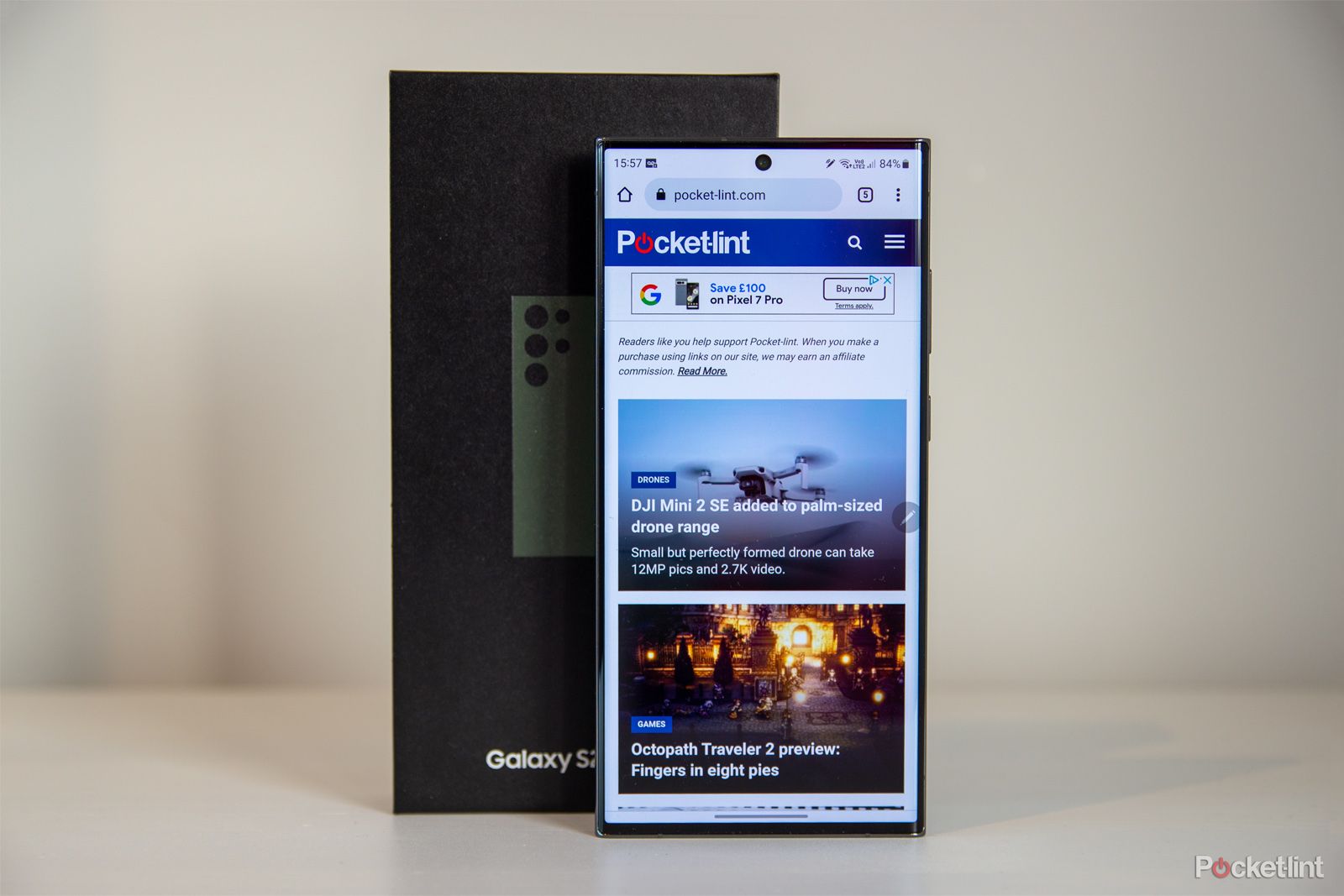
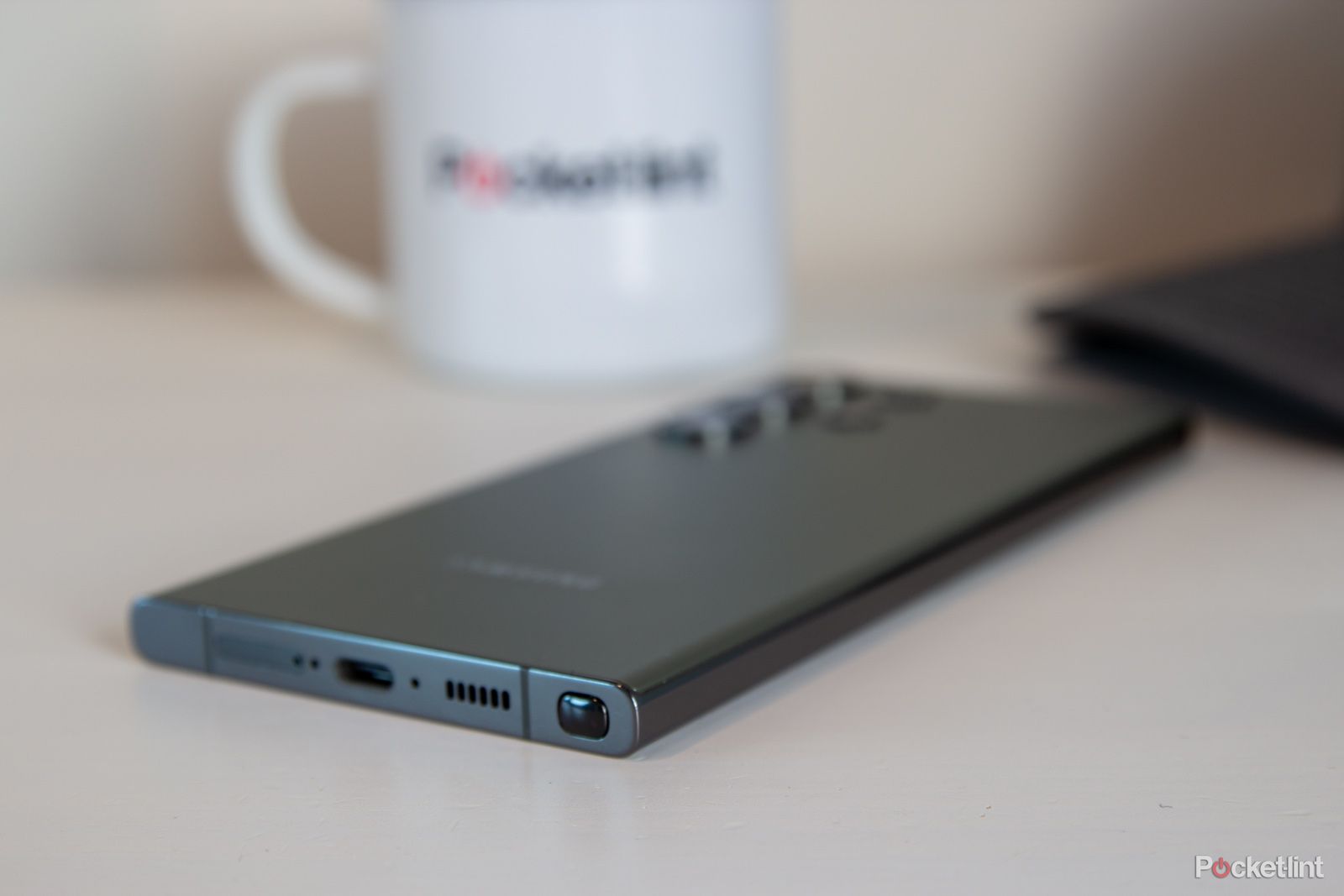
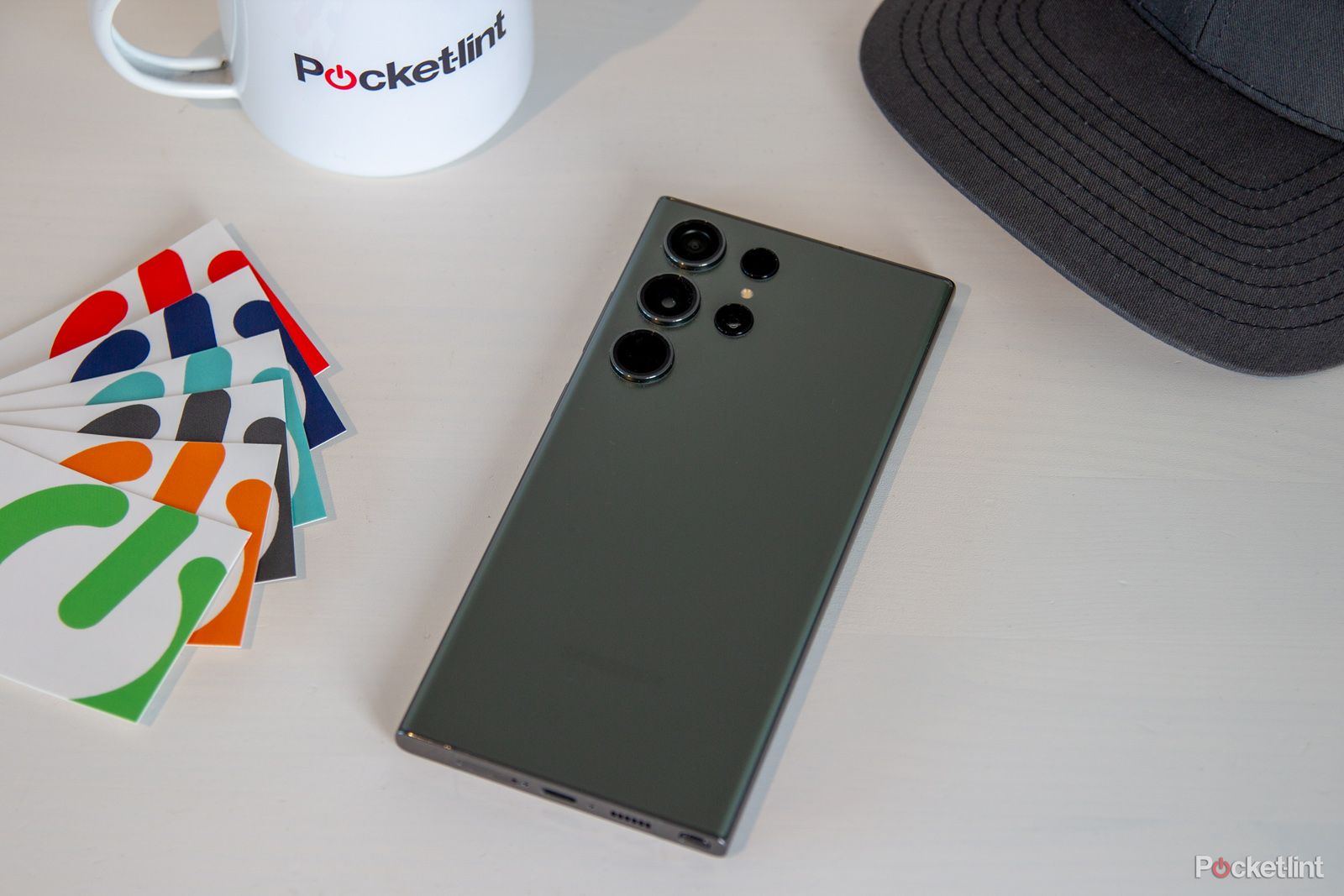
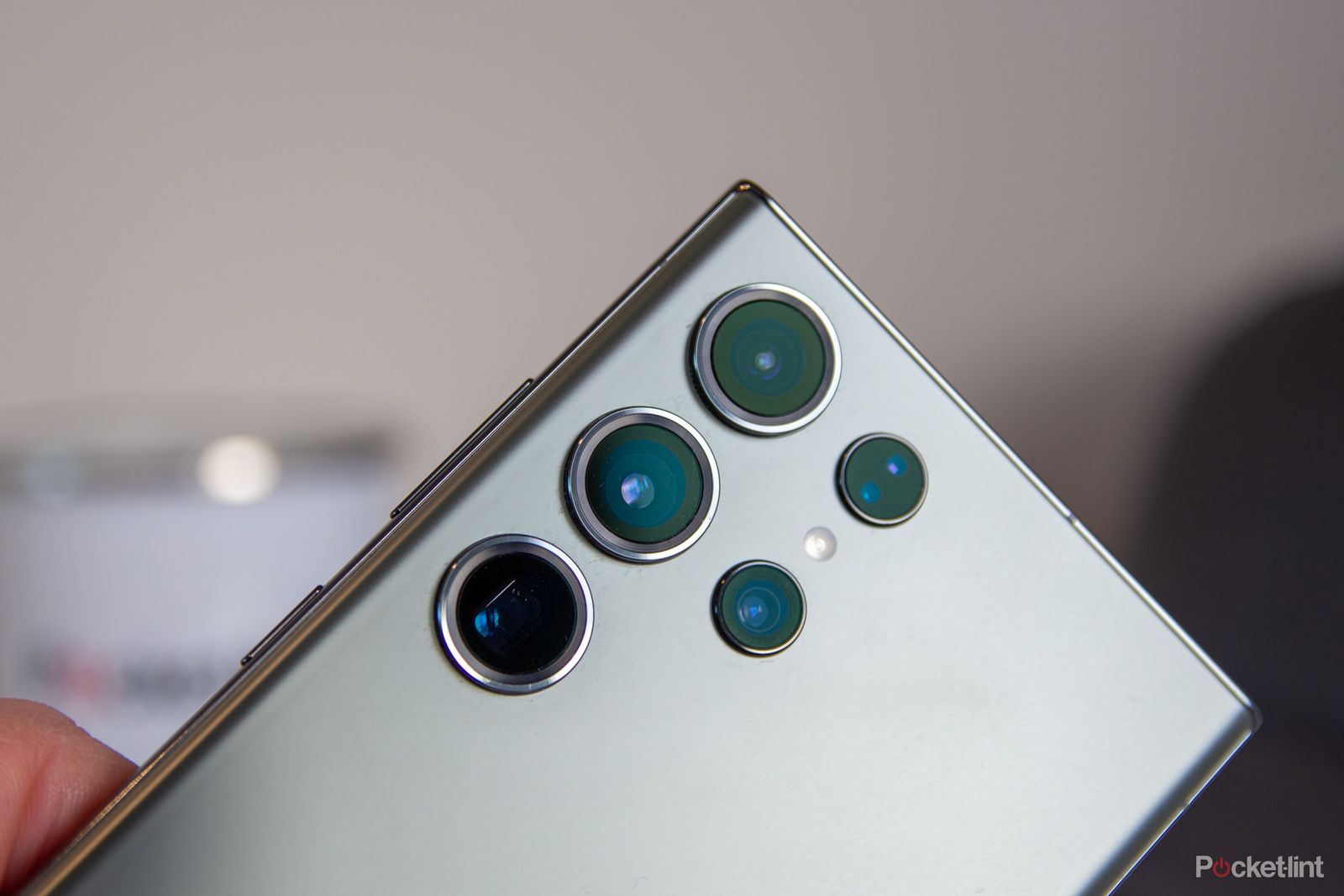
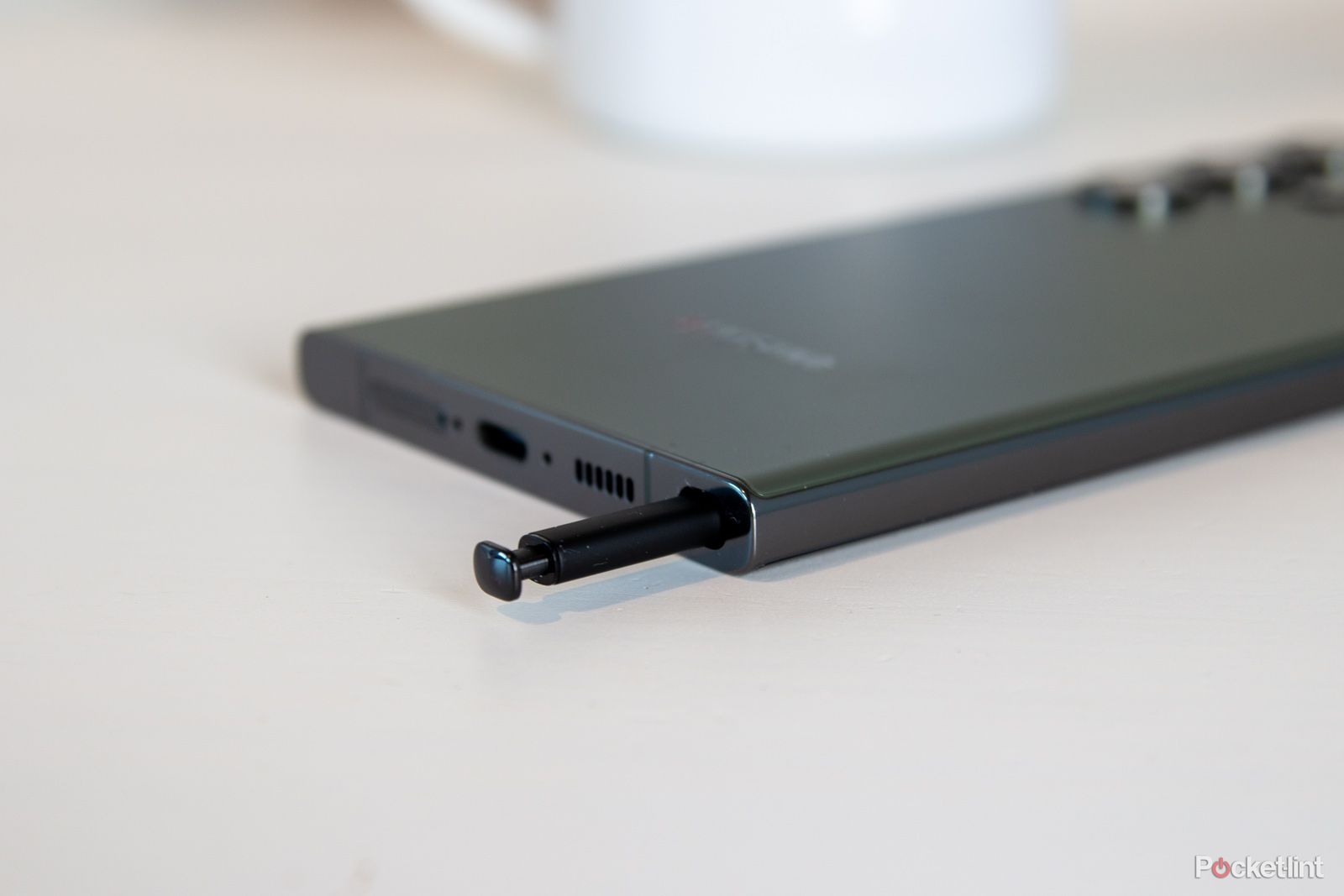
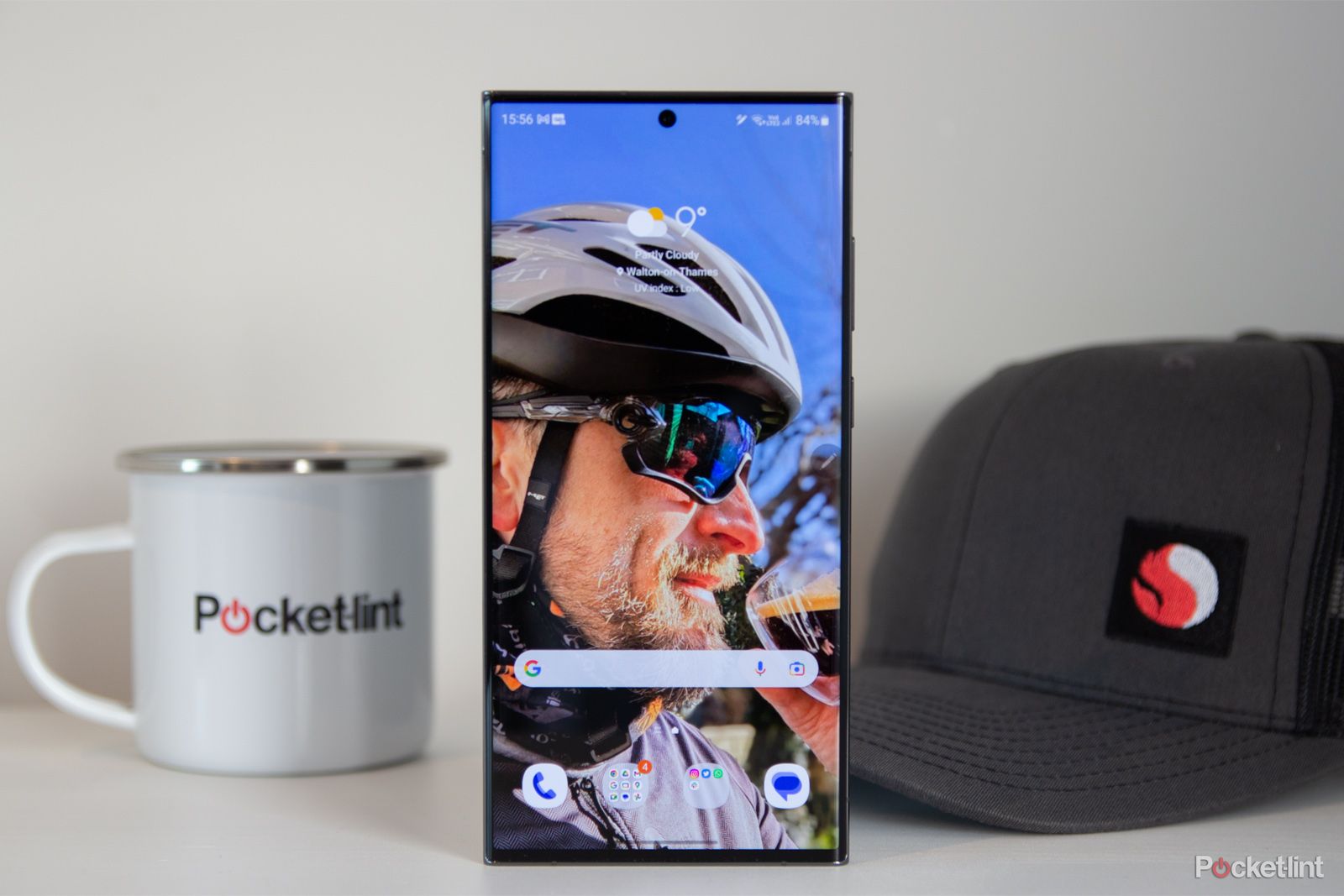
The phone carries an IP68 rating and is still constructed with an aluminium body, with a glass back and soft curves towards the edges leaving you with a screen that, for the most part, is flat. That boosts the useful contact area for touch - or the integrated S Pen - while meaning you can grip this chunky device without it feeling like the frame is cutting into your hands. There's no avoiding that this is a big phone and one-handed use can be a little tricky. It's noticeably more difficult to use than something like the Pixel 7 Pro, even though the screen size is almost the same.
The ends are flattened, and you can just about get it to stand unsupported, with the S Pen sliding into its dock on the base. One interesting design choice is that the S Pen is black on all models, rather than being colour-matched to the device, which seems like a shame. Around the back the camera lenses all sit in their own island - as was the case on the S22 Ultra - but now this is a design that spans across the whole family, with the Galaxy S23 and S23+ now sharing the same overall design aesthetic.
There are stereo speakers on the Galaxy S23 Ultra, supporting Dolby Atmos via a toggle in the settings. The left speaker is seamlessly integrated into the top of the phone above the centralised punch hole - and essentially invisible - and the right speaker (also responsible for most of the bass) sits on the base of the phone. The location of this second speaker is questionable, because when you rotate the phone to play games, you'll almost certainly muffle it with your palm. The Galaxy S23 Ultra might have been designed with gaming in mind, but this is one area that gamers might find objectionable. Sure, you could flip the phone, but then the buttons are on the underside, which no one likes.
Display and hardware performance
- 6.8in Dynamic AMOLED 2X Infinity-O
- 3080 x 1440 pixels, 500ppi, 1-120Hz adaptive, 1750 nit peak
- Snapdragon 8 Gen 2 for Galaxy, 8/256GB, 12/512GB, 12/1TB
- 5000mAh battery
If you're looking for major changes on the internals, you won't find them in the display or the core hardware. As per the Galaxy S22 Ultra, the S23 Ultra has a 6.8-inch AMOLED display, with the same QHD+ resolution and adaptive refresh rate up to 120Hz. Even the 1750 nits peak brightness is the same - but that's no bad thing: this is a great display. It's not just a great display, it's a mind-blowing display, bringing with it the punch that Samsung's displays are known for. There's vibrancy and saturation, great viewing angles and we've found the adaptive brightness to be pretty good too - especially when you step out into bright sunshine and it ramps up so you can still make out what you're looking at.
AMOLED is known for those deep blacks and sometimes in darker conditions darker shades can get crushed - especially when watching movies - but there's a setting here to boost visuals and make them a little brighter to escape that. Naturally there's support for HDR and content on this phone really pops. It's the sort of display where you'd look at your in-flight screen and decide that watching it on your phone is going to be better. You can adjust the resolution to suit your preference, from the headline QHD+, but many might find that FHD+ suits their needs, while helping to keep battery consumption down a little too.
When it comes to the core internals the big change here is a move to the Snapdragon 8 Gen 2. This is the latest hardware from Qualcomm that's powering a number of flagship devices, but this is specially designed for Samsung, with a faster clock speed and boosted GPU performance. It's silky smooth, really showing off increased refinement in things like animations in One UI 5.1, so the whole device looks better.
But fire up your favourite game and you'll find it wonderfully smooth, pushing out a premium play experience, without getting too hot. There's a vapour chamber to aid cooling, and even after a long session on Call of Duty Mobile, the phone still felt cool.
There's the option for 8/256GB or 12/512GB, with a top-level 12GB RAM with 1TB storage, which is likely to remain a Samsung.com exclusive. There's no option for microSD, but you might be surprised to find that 60GB is taken by system files - compared to 22GB on the Pixel 7 Pro, giving a suggestion of the cost that comes with Samsung's One UI skin and the additional bloat that this phone adopts.
The 5000mAh cell remains the same as it was previously, with Samsung's version of fast charging which tops out at 45W wired, making it one of the slower charging devices on the market. There's 15W wireless charging too, which again won't win any prizes for speed. Exactly why Samsung isn't joining in the fast-recharging race, we don't know, but it likely has something to do with the legacy of the Galaxy Note 7. It means that you won't get the advantage that you might from the OnePlus 11 with its 100W charging or the Vivo X90 Pro with 120W charging.
But the endurance of the Galaxy S23 Ultra is good and it will last you through the day and beyond. Of course it depends what you're doing with your phone, but in casual daily use we've reach the end of the day without needing to rush for a charger.
Camera
- Main: 200MP, f/1.7, OIS
- Ultrawide: 12MP, f/2.2
- Telephoto: 10MP, f/2.4, OIS, 3X / 10MP, f/4.9, OIS, 10X
- 100X Space Zoom
- Front: 12MP. f/2.2, autofocus
While much of the Galaxy S23 Ultra remains the same as before, Samsung is betting big on pixels, packing the phone with a 200-megapixel sensor. That grabs plenty of headlines - and you can get 200MP photos from it, coming in at a storage-busting 30MB per shot - but the default is a sensible 12-megapixels. Like all other high-resolution sensors, it combines pixels, purporting to create a super pixel which is then better for light capture. We wouldn't dismiss the 200-megapixel camera as marketing, but certainly don't take it at face value: the camera isn't better because of out-and-out resolution.
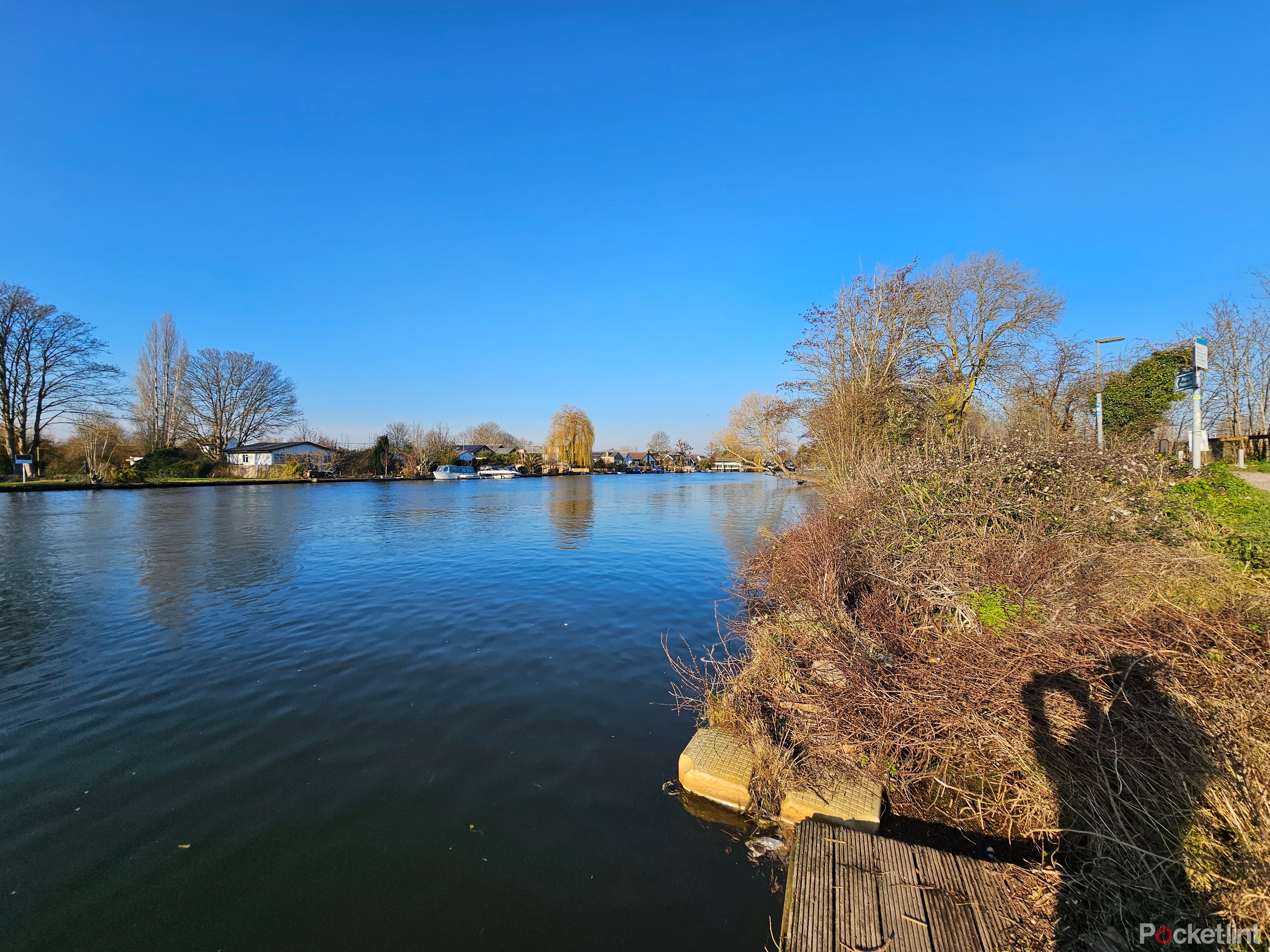
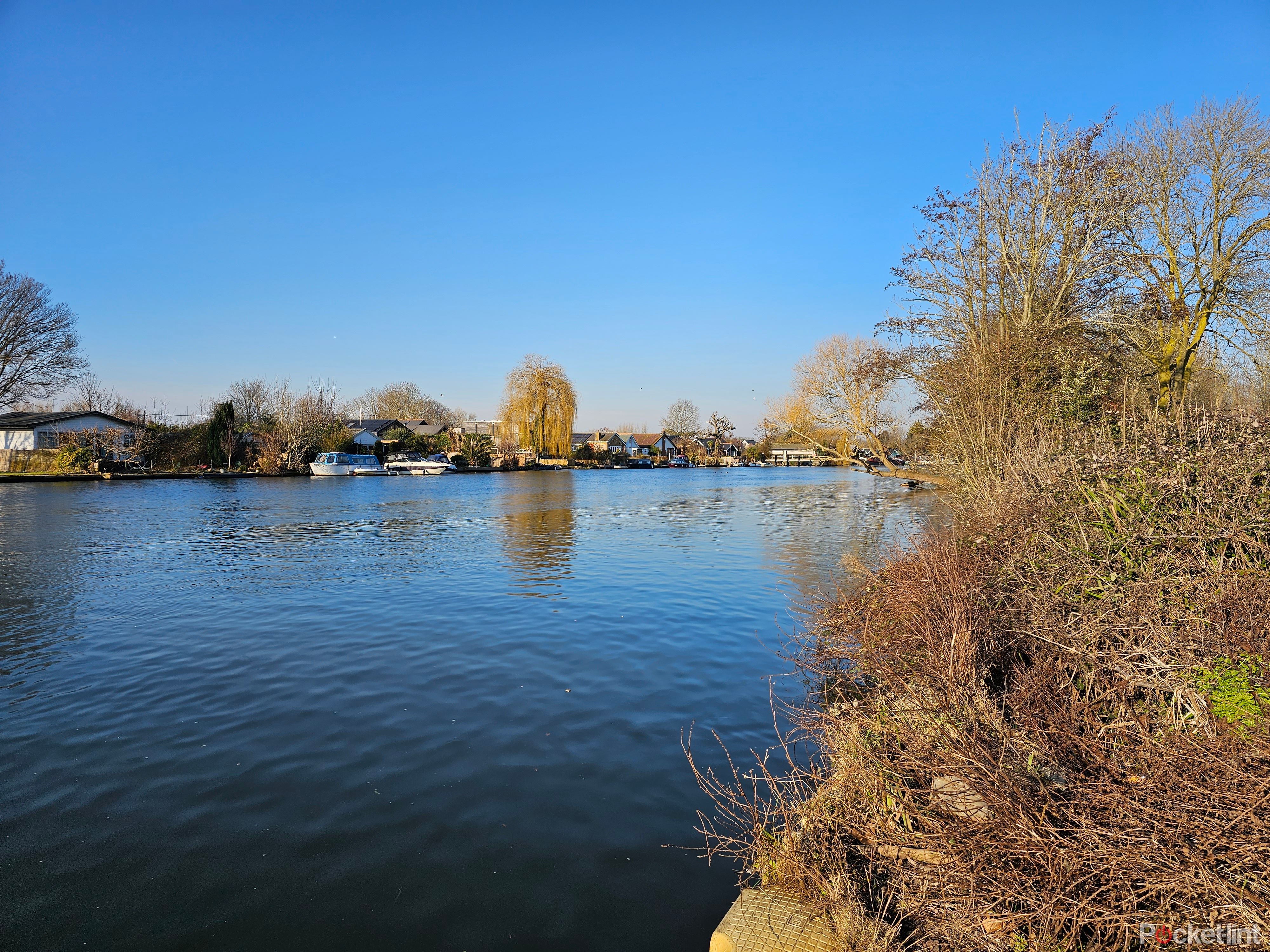
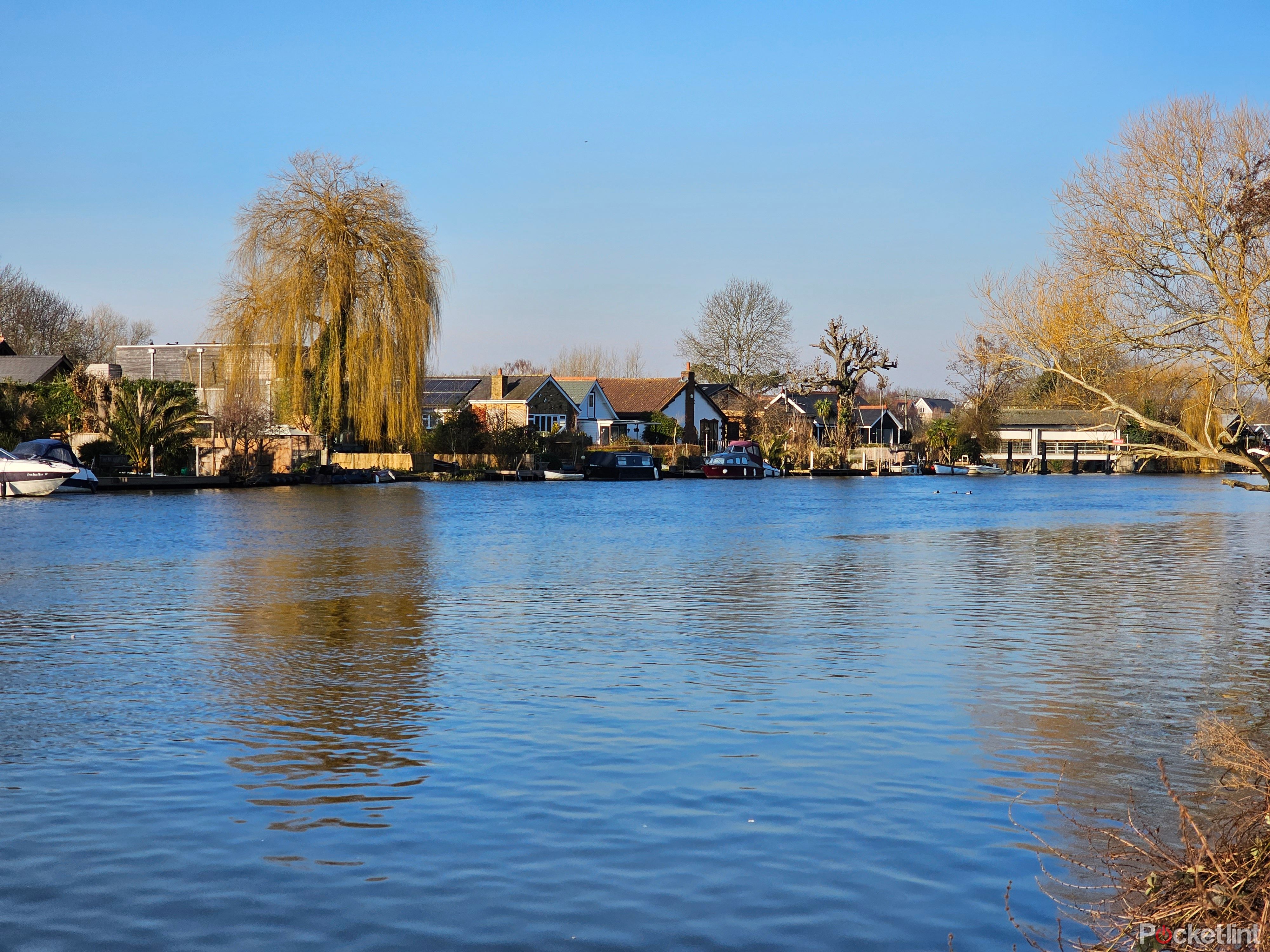

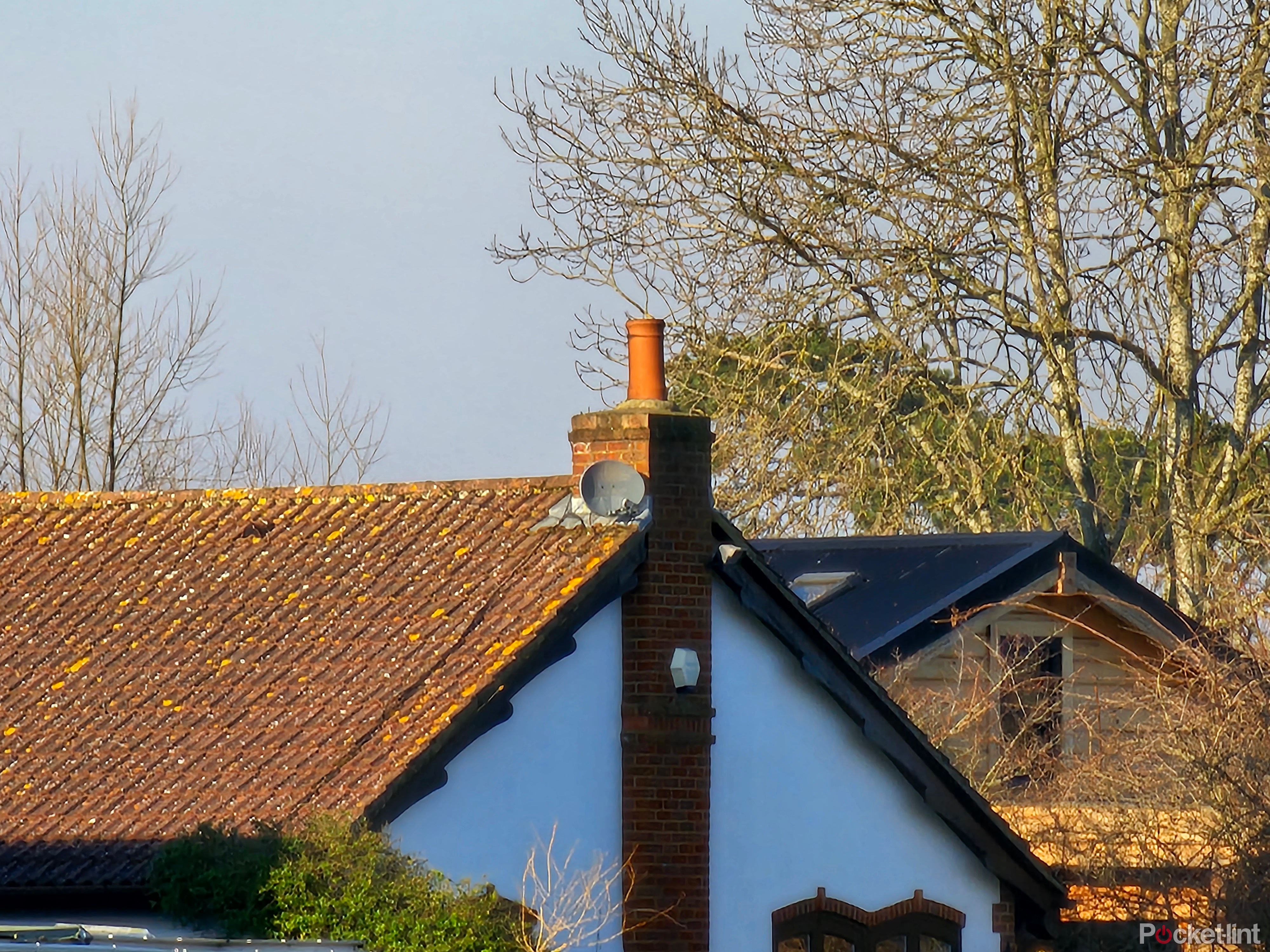
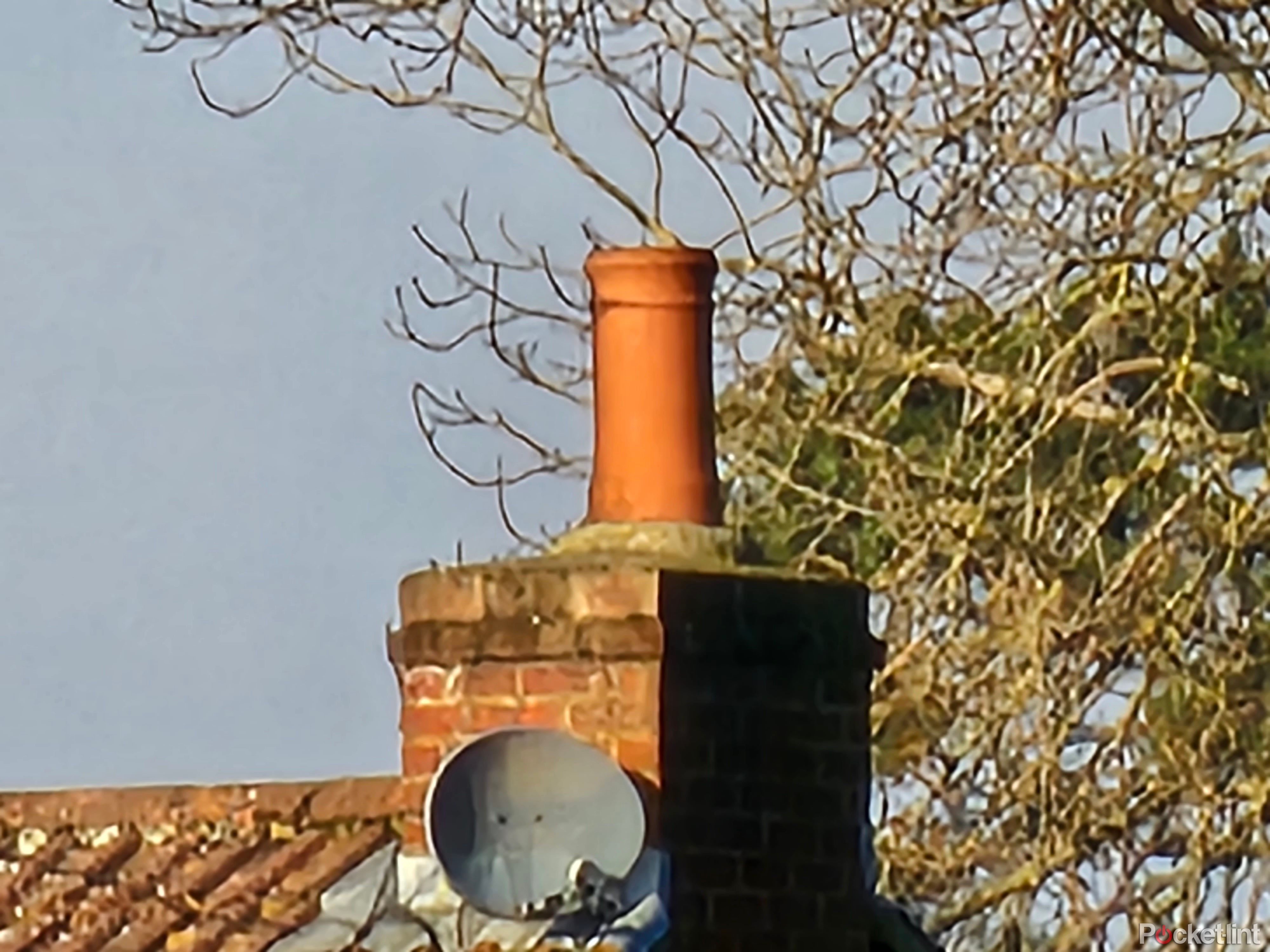
Resolution does mean you can crop into images to get to more detail, but we doubt there will be many people who shoot in 200-megapixels. They do give you the advantage of being able to crop into images after the fact, but looking at 200MP and 12MP images side-by-side on a computer, there's very little difference in the actual visible results. The notion of cropping in to get to more detail is interesting, because Samsung is also providing a 3x telephoto and 10x telephoto, which on the whole give you better results for closer detail than sensor cropping does. You also get the option to zoom on the 200MP mode, up to 6x, but in all the tests we conducted, the dedicated telephoto lenses provided better results, with greater clarity, detail and colours, so just don't take photos in 200MP mode with pinch zoom.



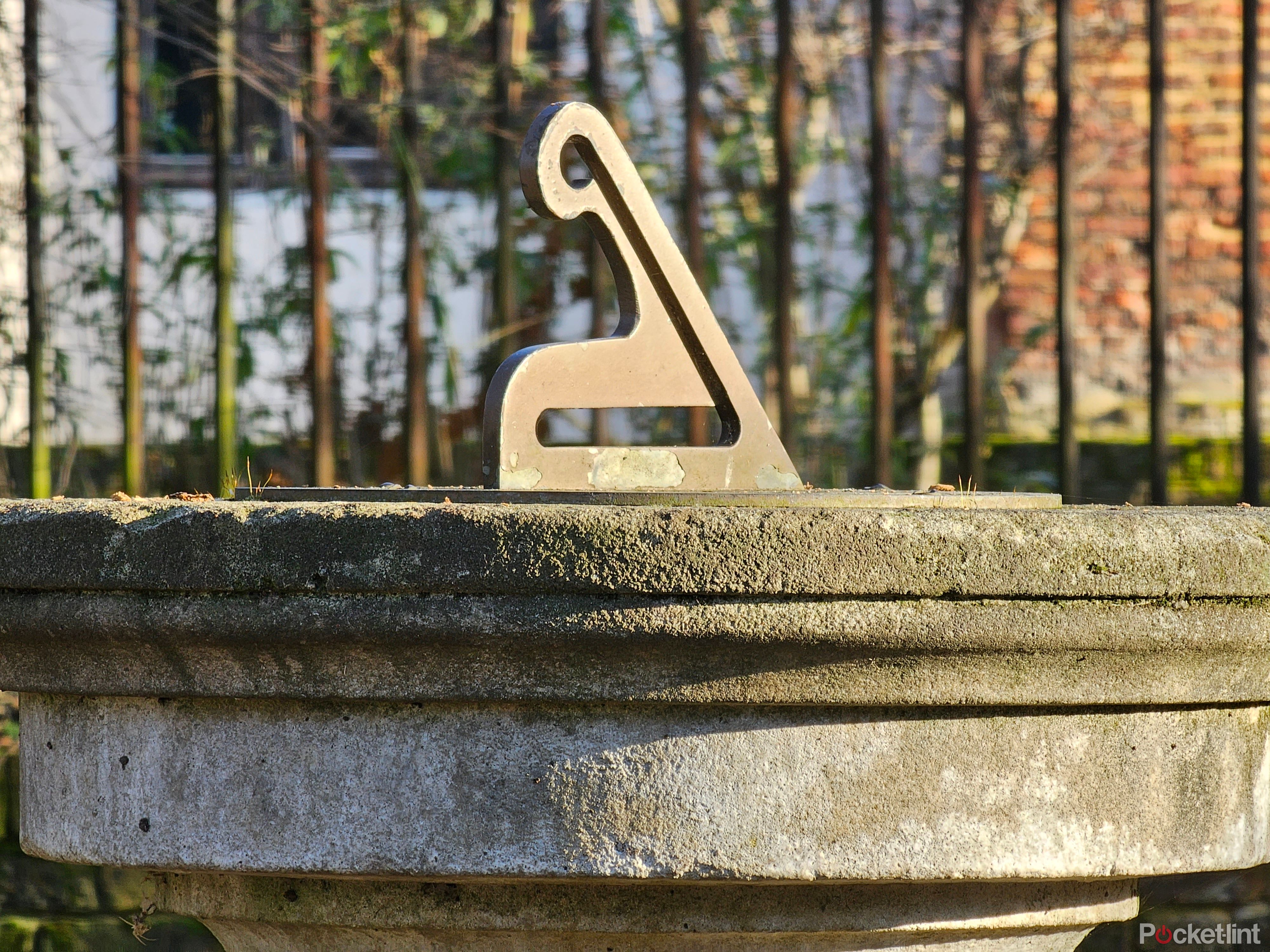
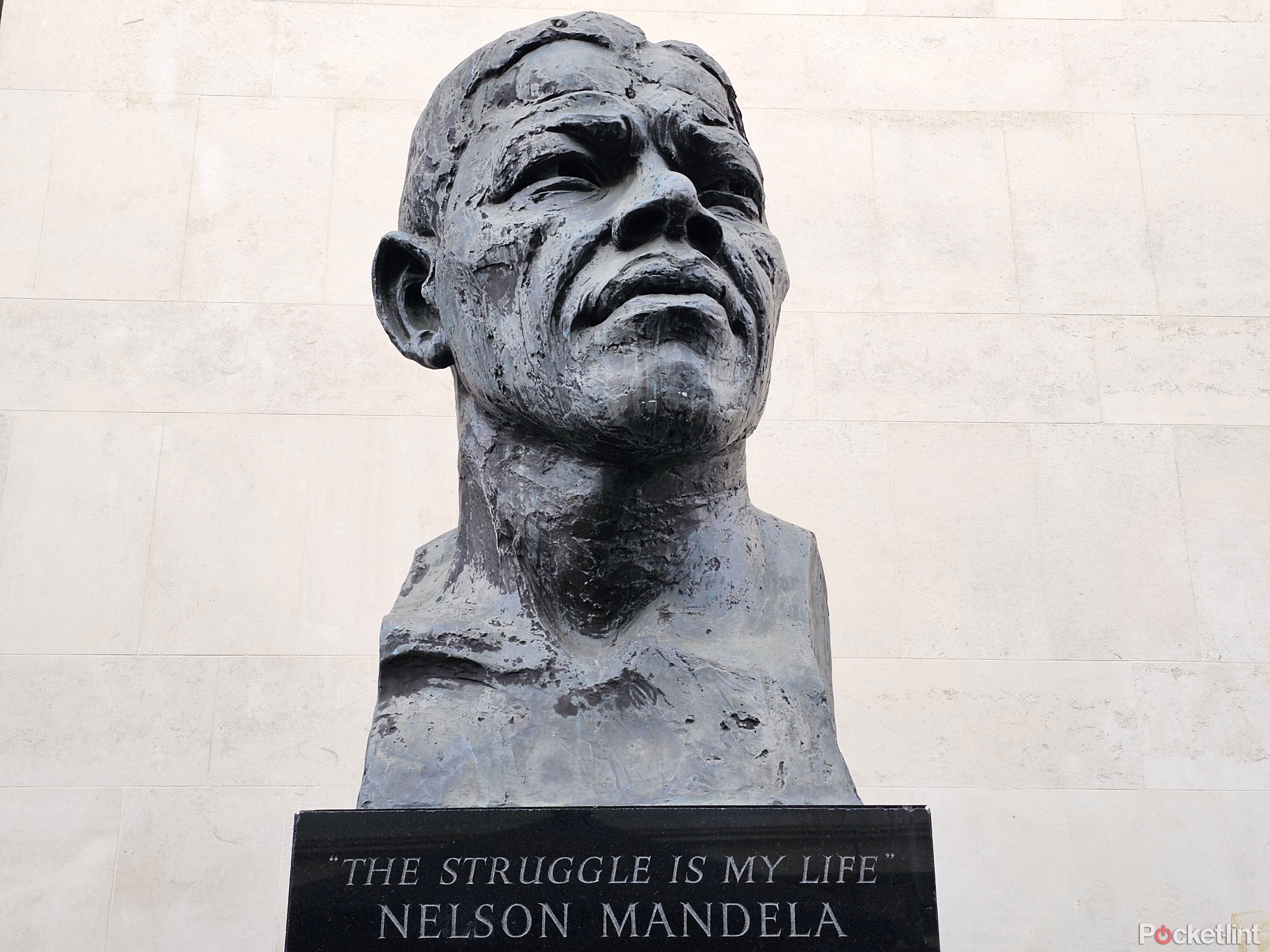
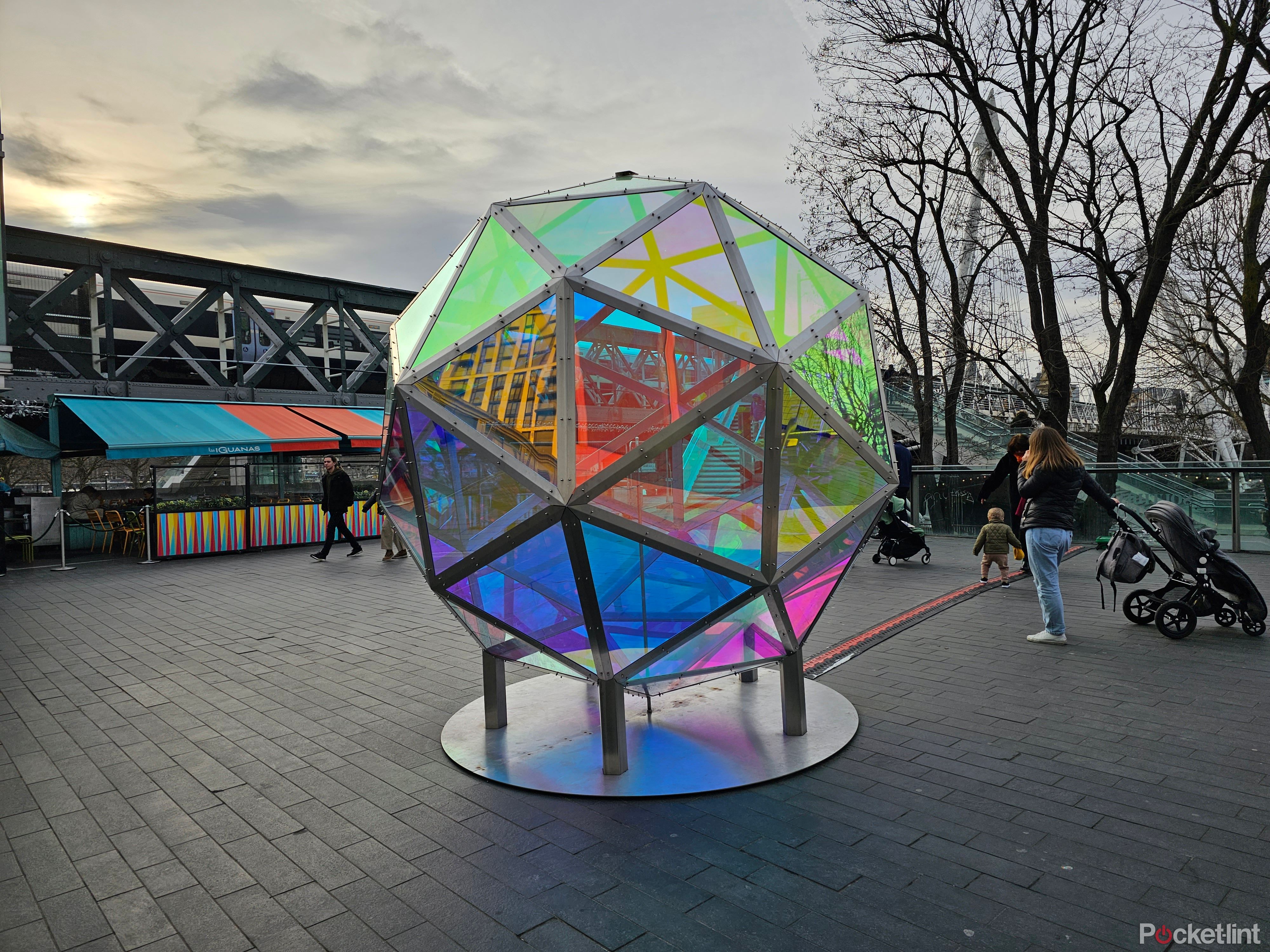
With all that out of the way, it's fair to say that the Samsung Galaxy S23 Ultra does have one of the best cameras you'll find on a smartphone. The main camera is excellent in normal conditions, with Samsung's signature saturation of blue skies and green grass giving images a pop when they might look rather flat otherwise. This makes images look better, the sort of result someone might get by editing or applying a filter - not totally true to life, but then who wants to get bogged down in the drudgery of the real world?
But it's as a system where the Galaxy S23 Ultra really makes its case as one of the leading smartphone cameras. You can pinch zoom from 0.6x through to 100x and while far reaches of the zoom do start to look more like a watercolour painting, there's no shortage of creative opportunity - and it seems that taking photos of the moon is something that it's good at - many smartphones just won't focus on the moon, so all credit to Samsung here.
The experience is boosted by a full selection of modes, with Samsung's Expert RAW integrated into the camera modes if you want to go one step beyond the existing "pro" mode. Pro mode gives you more control if you want to tinker with the settings - including the option to save JPG and RAW - but Expert RAW goes one step further offering 50-megapixel RAW files, should you want those to tweak after the fact. These can notionally be edited on the device, but we'd argue that for any fine work you'd want to move to a proper computer with a big display so you can see what you're doing. That might appeal to a subset of photographers who want to tweak to perfection after shooting, but for a mainstream consumer, we doubt anyone ever will ever do that.
The telephoto performance is great, with the 10x lens being the real differentiator over those phones that only want to offer 3x or 5x and then some sort of hybrid digital zoom. The Pixel 7 Pro offers great hybrid zoom, but it's bettered by Samsung thanks to the additional hardware on the S23 Ultra, which will give richer colours at further zooms, and more detail.
Much of Samsung's push on the S23 series of phones has been around night mode - or nightography as they like to call it. We've always considered Google to lead the way here in terms of simplicity and results, but Samsung has made some real gains. While the HP2 sensor is credited with some of these gains, it's clear that computational photography is playing a part too, because the front camera is also great in low light. The night mode is essentially automatic, you just point and press for a longer exposure in low light. This works well for static images, but Samsung's tendency to produce warmer images doesn't always work in its favour: that added richness can obscure detail. Side-by-side with the Pixel 7 Pro we'd say that Google's phone still produces better fine detail, is better with night skies and controls noise better, but Samsung performs well, with minimal processing time.



When it comes to the front camera Samsung is s great performer. In low light conditions, Samsung uses the display to illuminate the subject, but not like the old overpowering "screen flash" approach of a few years ago. This means that in really dark conditions, you'll get a decent selfie. It also works with portrait mode and with the self-timer - something that the Pixel 7 Pro doesn't offer. This means you can take some posed shots more easily if you're on your own in the dark. The addition of portrait video is also good and it works to a degree at night also.
Video has generally taken a step-up in the S23 Ultra, with everything moving up over the S22 Ultra - that means stabilisation works to a higher level and the top capture moves up to 8K30 from 8K24. You'll still get some great results out of it, with plenty of options.
Overall, it's the system that impresses here. There's a lot of versatility here and Samsung gets it right in important places: it's easy to point, shoot and get results. Daylight and low light photos are great, selfies are great with good edge detection for portraits - and there are loads of modes to play with. The Galaxy S23 Ultra isn't class-leading for night photography from the rear camera - but as a package it's definitely one of the most compelling.
Software
- Android 13 + One UI 5
- 5 years security updates, 4 generations of Android updates
The Galaxy S23 Ultra launches on Android 13 with Samsung's One UI, version 5.1. There will be four generations of Android updates and 5 years of security updates.
There are of course many features rolled into the latest version of One UI, with the reorganisation of modes and routines (generally moving Bixby out of the picture), Bixby text calling and the integration of Samsung Notes into Google Meet. As we've seen in the past, however, we don't expect many of these to be exclusive to the S23 Ultra - they'll likely appear on other devices with the One UI 5.1 update.
The important thing to note is that One UI 5.1 on the Galaxy S23 Ultra is smooth and fast, with plenty of refinement. It's fast to navigate, with super-smooth animations. But there is a cost associated with that as we mentioned above, that Samsung takes a 60GB bite out of your storage before you get to your own storage requirements. There are lots of apps that Samsung wants to bundle or add on setup and many that you can remove. There's still duplication, of messages, the phone app, gallery, browser, calendar and keyboard, all of which we think pale in comparison to Google's own apps. If you're all-in with Samsung, you might want to use some of these, but it's more likely as an Android user that you're all-in with Google instead.
In that sense, some of the tinkering with Android doesn't really make sense. We found ourselves confounded with some of the details in notifications control which never seemed to be consistent from some apps (despite working flawlessly on every other phone) and the sleep mode seems to work in conflict to do not disturb scheduling, whereas the stock Android bedtime mode works so seamlesssly. These are the sorts of criticisms that often crop up when Android is heavily adapted, which it is here - our biggest bugbear is the horizontal scrolling in the apps tray.
On the S23 Ultra you also have a full range of S Pen functions adopted from the old Note line, giving you a further range of interaction options. Again this gives a full range of interaction options, from handwritten notes to screen capture and highlighting. But we do wonder how many people are interested in the Galaxy S Ultra because of the S Pen and how many just want Samsung's top phone. We'd happily forego the S Pen and its functions and we suspect many other users feel the same way.
Samsung packs masses of functionality and so many options into One UI, offering more out of the box than many other Android devices. There's so much on offer, we expect many users will miss a lot of it - we have a full Galaxy S23 tips and tricks here - but we still think Samsung offers the best skin and the smoothest overall experience in a device so heavily reworked.
Verdict
The Samsung Galaxy S23 Ultra on face value doesn't make many changes from its predecessor. But at the same time, the boost in camera performance and the additional power build on areas where Samsung was already top of the game: the phone's overall quality of design, strong looks and that outstanding display, carry over from 2022 and now present a package that's one of Android's best devices.
There are a few areas where Samsung could elevate the experience: the night shooting could be a little better, the speaker arrangement isn't ideal for gamers and some of the software changes are a little over the top. But as a package, there are few phones finer, or more desirable, than the Galaxy S23 Ultra.


